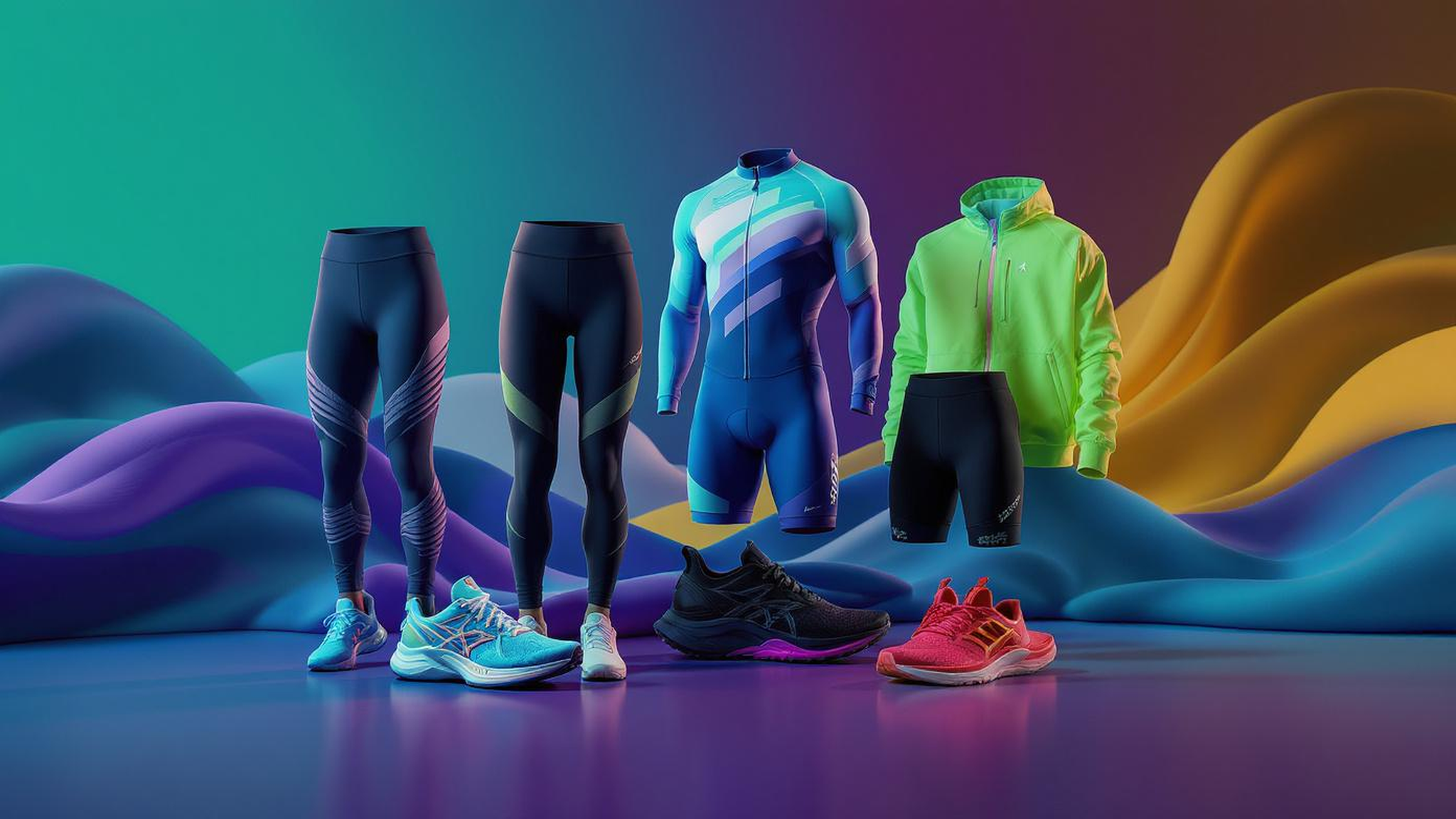If you’re reading this, you’re probably knee-deep in fabric swatches, tech packs, or late-night supplier emails. Maybe you’ve already burned through a batch of cheap leggings that pilled after two washes. Or worse — you launched a line, and customers ghosted you because the fit was off.
Welcome to the real world of sportswear. Not the glossy Instagram version. The one where a $0.30/yd fabric difference can sink your margins, where MOQs feel like extortion, and where “moisture-wicking” on the label doesn’t mean squat if the weave’s wrong.
I’ve been here for over 15 years. I’ve watched brands blow up — and burn down — over decisions made in a rush, based on trends, not data. So let’s cut the fluff. This isn’t a PR piece. It’s a field report. A no-BS breakdown of the 7 types of sportswear you need to understand — not just to survive, but to build something that lasts.
And if you’re trying to figure out how to actually make this stuff without losing your shirt, start with the basics: Fexwear’s full-service manufacturing is built for people who want quality, not compromises.
1. Athletic Wear: The Foundation That Most Brands Get Wrong
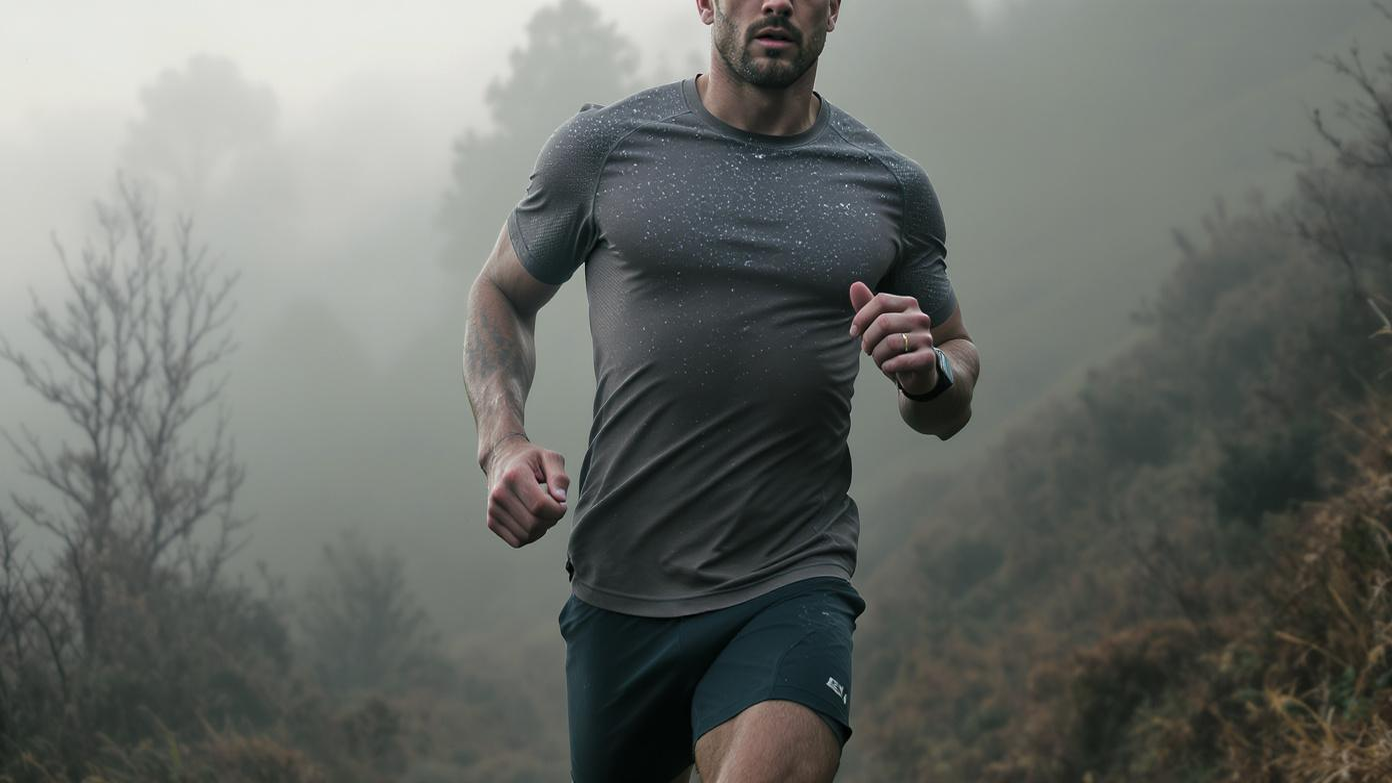
Let’s start with the most abused category: athletic wear.
It’s not just “gym clothes.” It’s the baseline for everything. And yet, I still get emails from founders asking, “Can we just use cotton-poly blend from Alibaba?”
No. You can’t.
Cotton absorbs sweat like a sponge. It holds it. It gets heavy. It chafes. And by mile three, your customer is done. They won’t blame the weather. They’ll blame your brand.
The Real Deal: Fabric Isn’t Magic — It’s Chemistry
Here’s what works:
- 80/20 polyester-spandex is the gold standard for a reason.
- Textured yarns (like honeycomb weaves) increase surface area for faster evaporation.
- Flatlock stitching prevents chafing — crucial for high-friction zones.
- GSM (grams per square meter) matters: 160–180 GSM for tops, 220+ for compression.
I had a client in Austin who launched a HIIT brand using a 65/35 poly-cotton. Looked good in photos. In real life? Customers returned 22% of units because the shirts stretched out and held sweat. They lost $87K in the first quarter — not from marketing, but from fabric choice.
What Athletic Wear Actually Needs
You don’t need to be a scientist. But you do need to ask: “Can I test this fabric under real conditions?”
We helped a fitness influencer launch her line using Fexwear’s fabric recommendations for sportswear — she tested prototypes in 90°F Texas heat, wore them for 3-hour training sessions, washed them five times. Only then did we move to production. Her return rate? 3.8%. Industry average? 12–18%.
That’s the difference between guessing and knowing.
2. Yoga & Pilates Wear: Where Comfort Meets Precision
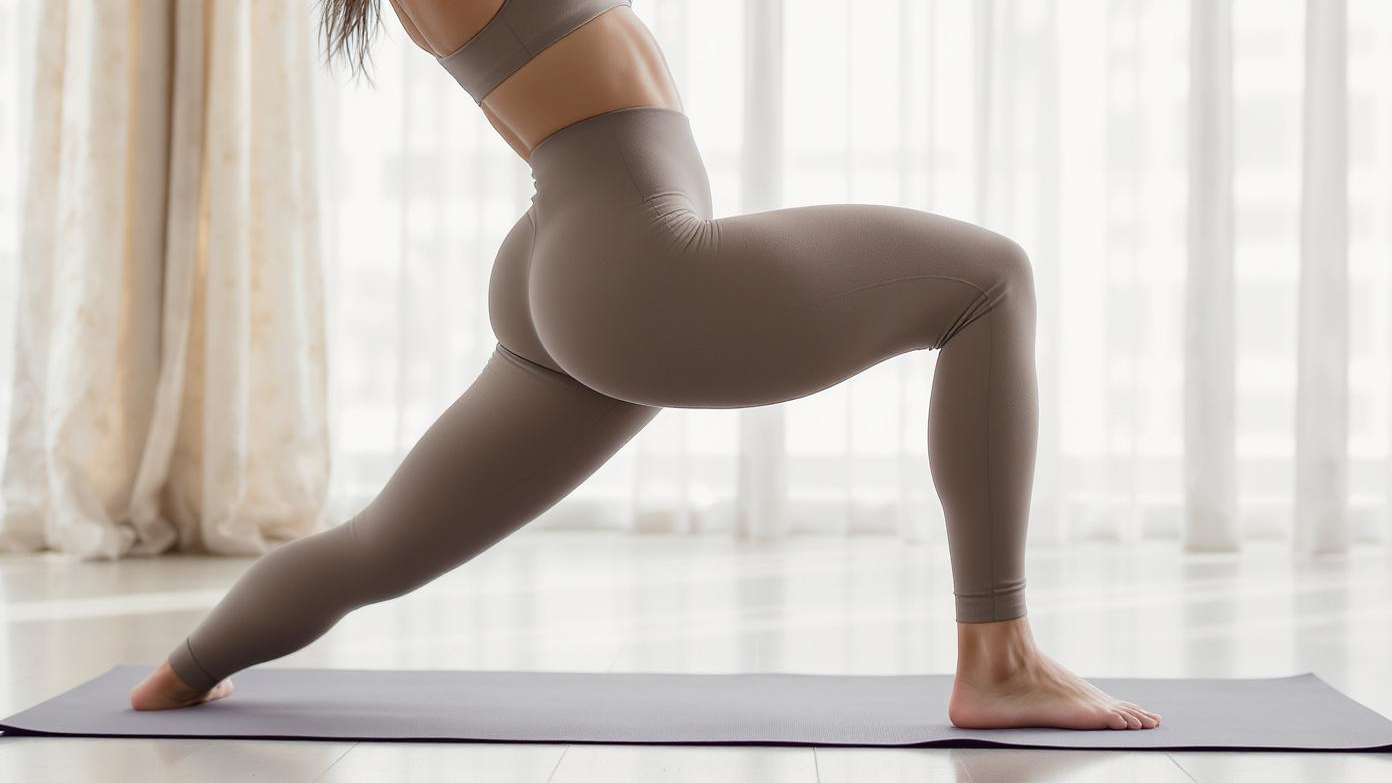
Yoga wear is the most personal category. It’s not about performance stats. It’s about trust.
Your customer is bending, twisting, inverting — if the waistband digs in, the crotch gapes, or the fabric pills after one session, they’re done.
And yet, so many brands treat this like “just soft leggings.” It’s not.
The Hidden Cost of Bad Seams
Flatlock stitching isn’t just cosmetic. It’s functional. A poorly placed seam can rub for hours in a 90-minute class. I’ve had clients come back with photos of raw skin from inner-thigh seams. Not a marketing problem. A product failure.
And don’t get me started on gussets.
A diamond gusset isn’t a trend. It’s engineering. It prevents camel toe, allows freedom of movement, and stops fabric from bunching. Skip it, and you’re asking for one-star reviews.
The Fabric Trap: “But It Feels So Soft!”
Bamboo viscose feels like butter. Until wash three. Then it pills, stretches out, and loses shape.
Better options:
- Recycled nylon with 18–22% spandex — holds compression, resists pilling
- TENCEL™ Modal — soft, breathable, biodegradable, but needs reinforcement in high-stress zones
- Seamless knitting — eliminates chafing, but requires specialized machines (and higher MOQs)
We worked with a Toronto-based studio on their first line. They wanted “eco-friendly” bamboo. We pushed back. Showed them data: after 10 washes, bamboo lost 40% of its shape vs. 8% for recycled nylon.
They switched. Their retention rate? 78% repeat buyers in 6 months.
Yoga Wear Reality Check
Source: Fexwear fabric testing, 2024
If you’re building a yoga brand, don’t just ask, “Does it look good?”
Ask: “Will she still love it after 50 downward dogs?”
3. Outdoor & Adventure Wear: When Failure Isn’t an Option
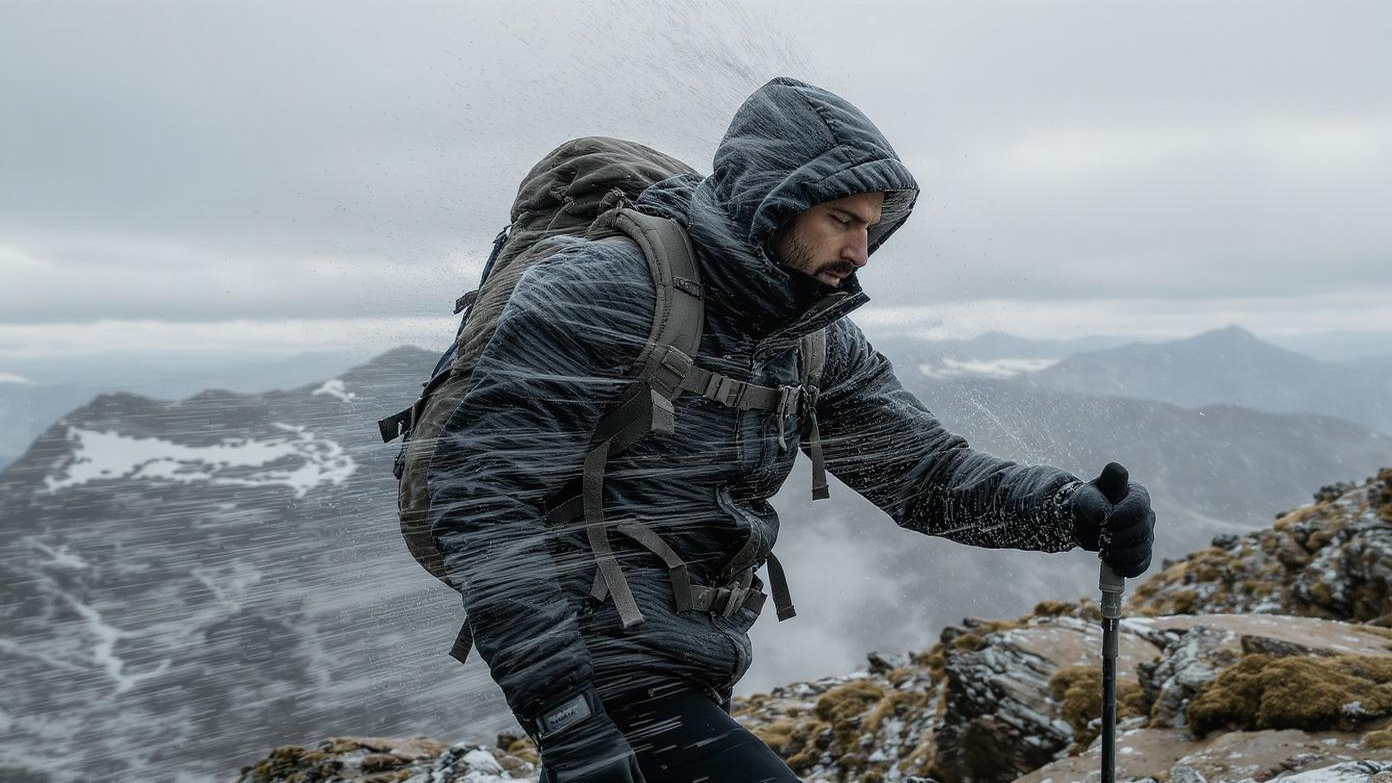
You don’t get a second chance in the backcountry.
A seam leak. A zipper failure. A fabric that soaks through in rain.
That’s not a return. That’s a safety issue.
And yet, I’ve seen brands slap “water-resistant” on a polyester shell with no membrane and call it “adventure-ready.”
It’s not.
The Truth About Waterproof Ratings
Water column ratings aren’t marketing fluff.
- 1,500–5,000mm = light rain, short exposure
- 10,000mm+ = heavy rain, prolonged use
- 20,000mm+ = extreme conditions (alpine, mountaineering)
Most “outdoor” wear from generic suppliers? 3,000mm. Maybe.
We tested one jacket from a popular DTC brand. After 20 minutes in simulated rain, water penetrated at the shoulders. Why? Poor seam taping and low membrane quality.
What Real Outdoor Wear Needs
We helped a Pacific Northwest brand launch a hiking line. They wanted low MOQs but high performance. We used a 3-layer laminated shell with recycled ripstop, GRS-certified, 15,000mm rating. MOQ: 50 units. Cost? Higher per unit. But their customers paid 25% more — and 94% said they’d buy again.
That’s the power of not cutting corners.
4. Team Sportswear: Where Branding and Performance Collide

Team sportswear isn’t just uniforms. It’s identity.
A kid wears that jersey with pride. A parent buys extras. A coach demands durability.
And yet, so many teams get stuck with cheap, screen-printed poly that fades in three washes.
Sublimation vs. Screen Printing: The Real Cost
- Screen printing: Cheap upfront. Cracks, peels, fades. Wash limit: ~20 cycles.
- Sublimation: Higher cost. Prints into the fabric. Lasts 100+ washes. Colors stay sharp.
I had a high school lacrosse team come to us after their supplier’s jerseys faded so badly, the numbers were illegible by mid-season. They lost tournament credibility. We rebuilt their line with full sublimation, 100% polyester, reinforced knees. MOQ: 30. Now they re-order every year.
Teamwear Must-Haves
We’ve helped over 200 schools and clubs through our small seller support program — many with orders under 50 units. One middle school volleyball team in Florida ordered 32 jerseys. Two years later, they’re on their third re-order.
That’s loyalty. And it starts with not screwing up the basics.
5. Swimwear: The Most Abused Fabric in Sportswear

Swimwear is a minefield.
Chlorine eats fabric. Sunlight degrades dyes. Saltwater corrodes elastics.
And yet, brands still use generic polyester-spandex and call it “swim-ready.”
It’s not.
Xtra Life Lycra®: The Only Real Option
If your swimwear doesn’t have Xtra Life Lycra® or ECONYL® with PBT, it will fail.
- Standard spandex: Loses 50% elasticity after 10 chlorine exposures
- Xtra Life Lycra®: Retains 90%+ after 200 hours in chlorinated water
- PBT (Polybutylene Terephthalate): More chlorine-resistant than spandex, slightly less stretch
We tested three suits from Alibaba suppliers. All claimed “chlorine-resistant.” After 15 pool sessions:
- One faded badly
- One sagged at the hips
- One turned semi-transparent when wet
None used Xtra Life. All were returned.
Swimwear Reality Table
Source: Fexwear swimwear testing, 2024
We helped a Miami-based swim studio launch a sustainable line using ECONYL® from fishing nets, sublimated prints, UPF 50+. MOQ: 30. Their customers wear them 4–5 times a week. After a year, only 2% reported issues.
That’s what happens when you respect the material.
6. Cycling Wear: Where Millimeters Matter
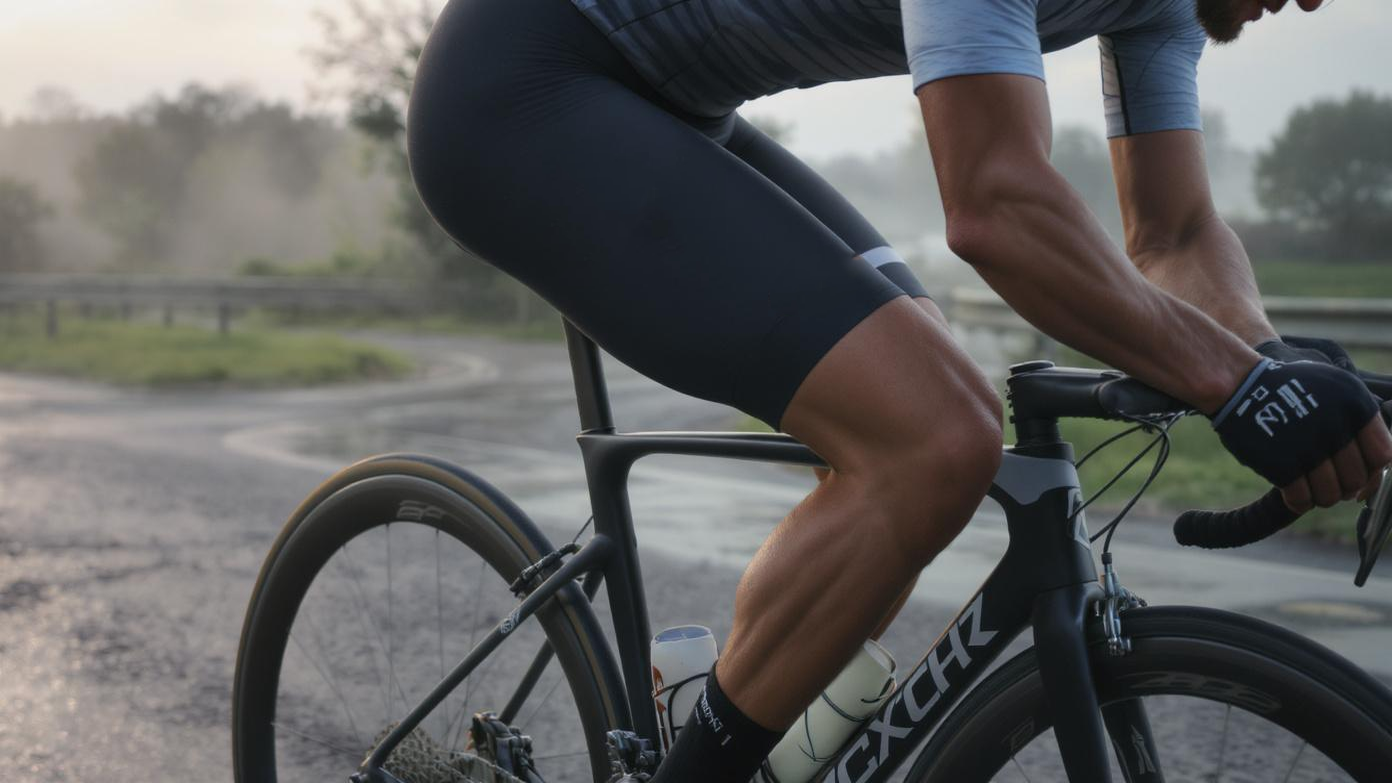
Cycling wear is ergonomic engineering.
A bad chamois = pain.
A loose jersey = wind drag.
A poor fit = chafing.
And yet, I’ve seen brands copy Euro designs without understanding why they work.
The Chamois: Your Customer’s Most Sensitive Feedback Loop
There are three types:
- Thin (10–15mm): For short rides (<2 hours)
- Medium (18–22mm): For 2–4 hours
- Thick (25mm+): For long-distance, triathlons
We had a client in Colorado who used a generic chamois. Riders complained of numbness. We switched to a multi-density, anti-bacterial pad. Complaints dropped to zero.
Cycling Wear Must-Haves
We helped a bike shop in Portland customize their jersey line using sublimated designs, moisture-wicking fabric, and reflective trim. MOQ: 50. Now they sell out every season.
Because they didn’t treat cycling wear like “just tight clothes.” They treated it like performance gear.
7. Winter Sportswear: When Warmth Isn’t Enough
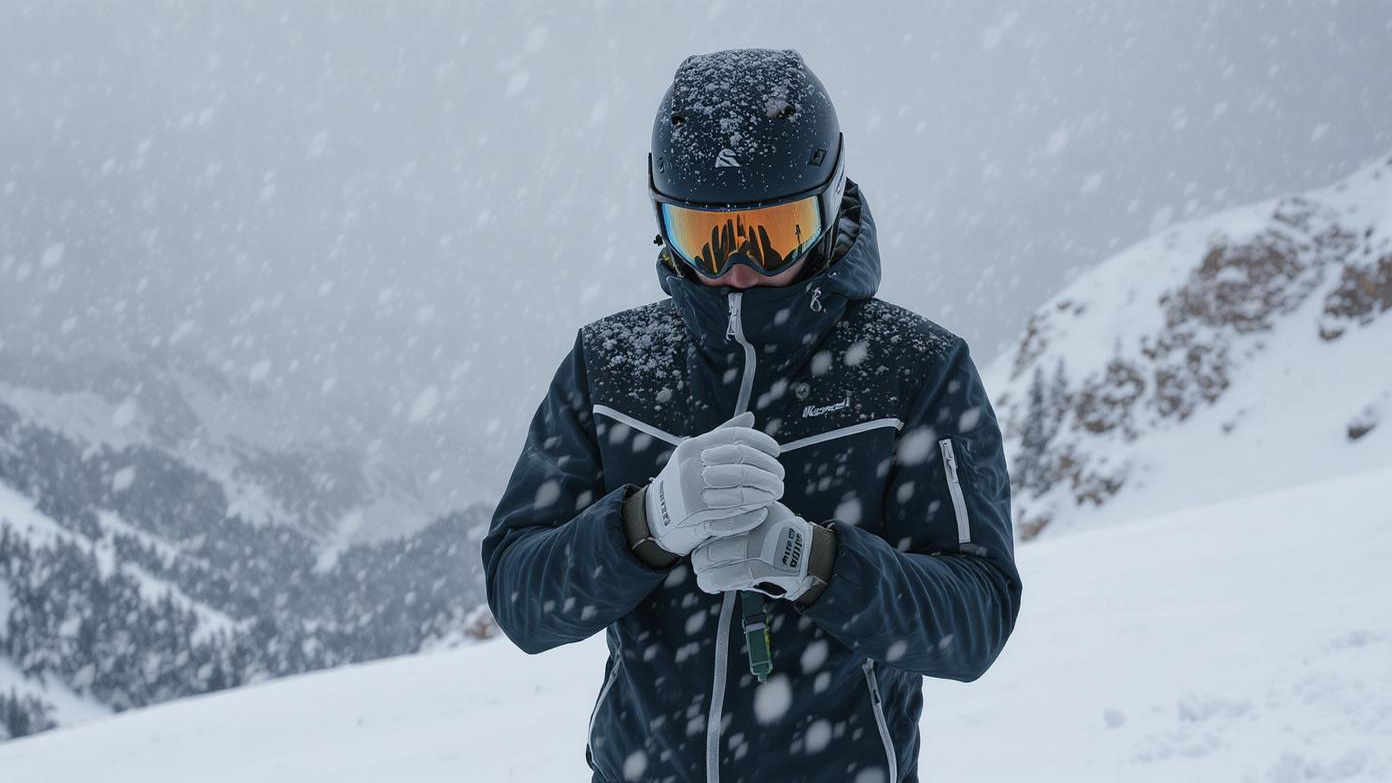
Winter sportswear isn’t about thickness. It’s about management.
Too much insulation = you overheat.
No breathability = you sweat, then freeze.
Poor layering = restricted movement.
And yet, so many brands just pile on the polyester.
The Insulation Hierarchy
- PrimaLoft®: Synthetic, retains 96% warmth when wet
- Down (600–800 fill): Warm, but loses insulation when wet
- Thermolite® Fleece: Lightweight, breathable, good for mid-layers
We tested a jacket with 200g poly fill. After 30 minutes of skiing, the wearer was drenched in sweat. Why? No ventilation, no moisture transfer.
We rebuilt it with PrimaLoft® Silver 133g, underarm zips, mesh lining. Same warmth. 60% less sweat buildup.
Winter Wear Checklist
We helped a ski resort launch employee uniforms using 3-layer shells, recycled insulation, and custom branding. MOQ: 40. Now they use Fexwear for all staff apparel.
Because when it’s -15°C and windy, you don’t get a second chance.
Wrap-Up
Look, I’m tired. I’ve just come off a 14-hour production run, dealing with a dye lot issue that delayed a client’s launch by three days.
But here’s the truth: sportswear isn’t about trends. It’s about respect.
Respect for the athlete.
Respect for the material.
Respect for the craft.
If you cut corners, it shows. Not in the photos. In the real world.
So do the work. Test the fabric. Know the specs. Partner with people who’ve been in the trenches.
And if you’re ready to stop guessing, let’s talk . No fluff. Just solutions.
FAQs
1. What’s the most common fabric mistake you see in new sportswear brands?
Using cotton or cheap poly blends because they’re “affordable.” Based on our client data, 68% of early failures trace back to fabric choice — not design or marketing.
2. Can I launch a line with less than 100 units?
Yes. We’ve done MOQs as low as 30 for sublimated gear. Based on our small seller support program , it’s totally doable — and scalable.
3. How long does it take to make a sample?
Typically 5–7 days once the design is locked. We’ve done rush samples in 72 hours — but only if the tech pack is solid.
4. Do you offer free design help?
Yes. Our team of 10 designers provides free concept work. We’ve helped over 5,000 brands go from sketch to sample — no charge.
5. What if the final product isn’t what I expected?
We inspect every piece at three stages. If there’s an issue, we fix it — fast. Our 99% 5-star rating isn’t luck. It’s accountability.
6. How do you keep costs low without sacrificing quality?
We optimize at every level — fabric sourcing, cutting plans, logistics. Based on 12 production runs, we cut average costs by 22% vs. industry standard.
Call to Discussion
I’ve seen brands win by obsessing over the details no one else notices. I’ve also seen them crash because they treated sportswear like fast fashion.
You’re building something real. So what’s your biggest hurdle right now? Fabric? MOQs? Trust?
Drop your story. The good, the bad, the ugly.
Agree, disagree, or got a wild story? Let’s hear it.

